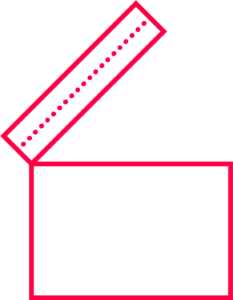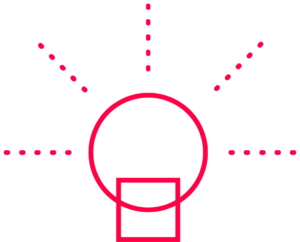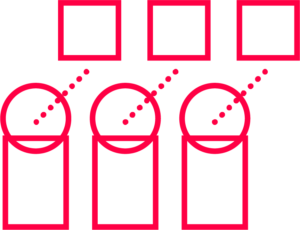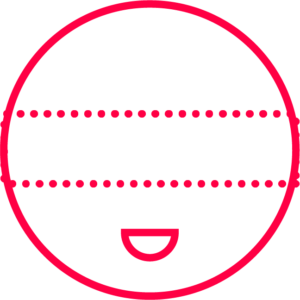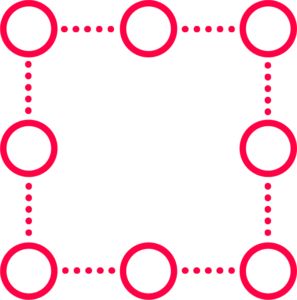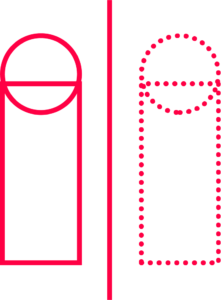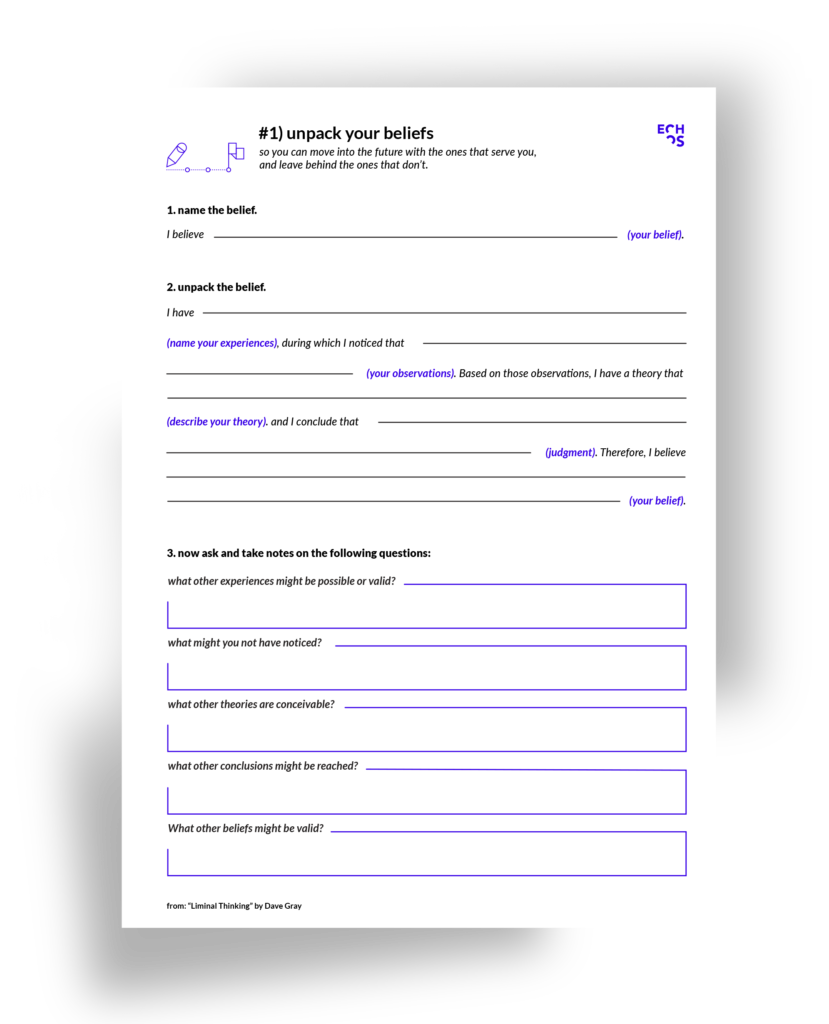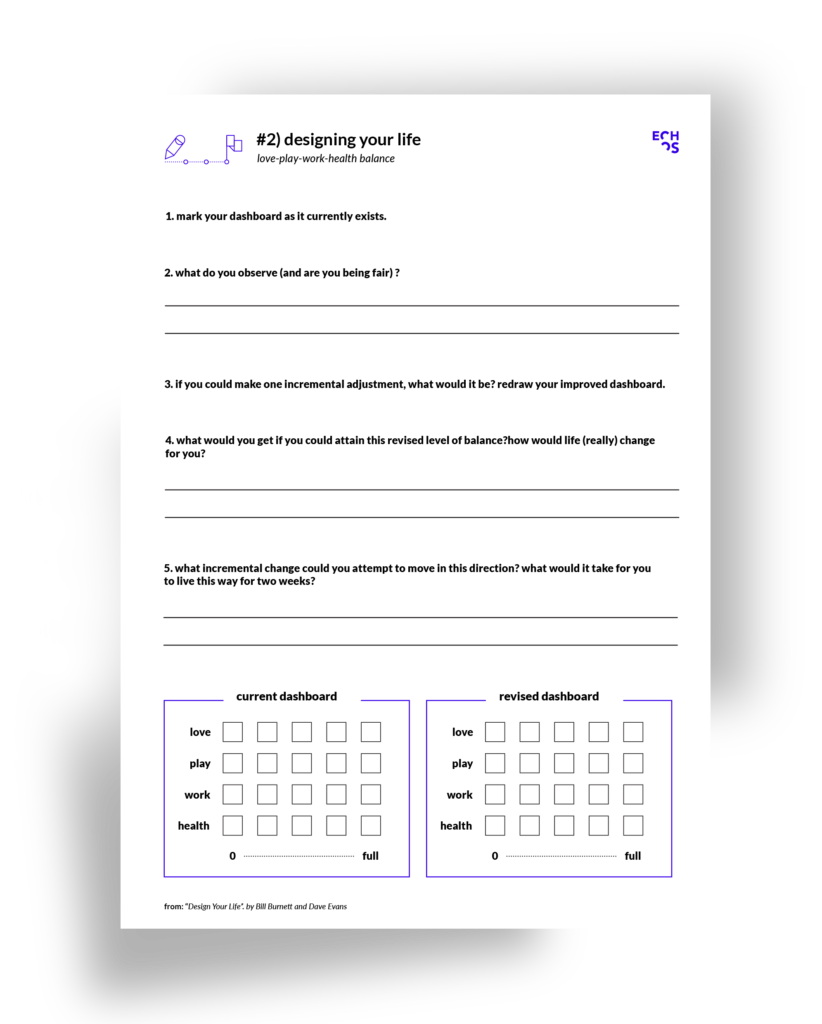2020 is drawing to a close. It is time to ask, what do you want for your 2021? If the last year has taught us anything, it is that we cannot predict or control what happens to us.
However, that should not stop us from imagining what we desire for our futures and creating a vision. This is possible as designers use visioning tools to create new services, products and futures as part of their tool kit. What if we applied these same processes to designing our lives?
The following article outlines new ways of thinking about designing the future, followed by practical worksheets to apply those frameworks to your life. Do you want to allow a future to ‘happen’ to you or you can intentionally design the one you want to live in?
The World Is Changing and So Is Your Life
The world is not static, it is malleable and can be changed. While it may seem like things cannot or will not change, this is only a perception. Just because many institutions or rules have existed our whole lives, doesn’t mean they have forever. The truth is that at one point they were new, and over time they have evolved.
History has proven that even the most stable foundations can shift. There are many examples of this happening in 2020. The world is changing and now is the perfect time to start intentionally redesigning it. Understanding that the world is constantly changing frees us to be bold, and to dream of what is possible!
Understand the Present To Move Into A New Future
Our present is a manifestation of our past choices. For example, moving from one city to another will open up new possible friendships or professional opportunities. So it stands to follow, if our past designs our present, if left unchanged it will also create our futures. In order to design a new future, we must become aware of our past choices. Otherwise we will end up replicating the past, regardless of whether it is good for us or not.
We are continuously replicating the past through societal structures such as hierarchical organisation models, representative democracies, or outdated social systems that produce racism, poverty and malnutrition. Clinging onto old systems keeps us living in the past. Most of the social structures we live with today were created to solve the problems of 100 years ago, not the problems of today. These institutions may have been the best solution at the time, but the world and its problems have moved on. They no longer are appropriate for the modern world, and if left unchanged they will continue to replicate the problems of the past into our futures.
This is critical to understand. If we want to change our future, we must change the choices we are making now, in our present. That means we must first examine closely the professional, personal and societal forces that make up our present. Once we can see and understand the present moment as it truly is, we can start to break away from the choices of our past and make new ones. In order to move into a new future for either a personal and societal level, we must make radically new choices.
So how do we learn to see our present moment and analyse it? In the next section we will learn to see the beliefs we hold. We must examine our beliefs about our present and then either let them go or develop new beliefs. The way this works is to move into a new liminal space. The term liminal is used to describe things that exist at the border between one thing and another. For our exercise this means developing beliefs that can take you from your present moment into the future.
The next worksheet is a practical exercise to help us understand our beliefs to decide if we want to carry that thinking into our new future. We must move our beliefs from the threshold of the present into the new space of the future.
Worksheet One: Dysfunctional Beliefs
The following exercise was taken from Dave Gray’s book, Liminal Thinking. We invite you to explore the following principles and then to dive into the exercise provided to start moving through your dysfunctional beliefs that are holding you back. This exercise will enable liminal thinking to help bridge the gap between the present and your future. Gray explains liminal thinking principles as the following:
Beliefs are models.
Beliefs seem like perfect representations of the world, but in fact, they are imperfect models for navigating a complex multi-dimensional unknowable reality.
Beliefs are created.
Beliefs are constructed hierarchically using theories and judgments, which are based on selected facts and personal subjective experiences.
Beliefs create a shared world.
Beliefs are the psychological material we use to co-create a shared world so we can live, work and do things together. Changing a shared world requires changing its underlying beliefs.
Beliefs create blind spots.
Beliefs are unconsciously defended by a bubble of self-sealing logic, which maintains them even when they are invalid to protect personal identity. And self-worth.
Beliefs defend themselves.
Beliefs are unconsciously defended by a bubble of self-sealing logic, which maintains them even when they are invalid, to protect personal identity and self-worth.
Beliefs are tied to identity.
Governing beliefs, which form the basis for other beliefs are the most difficult to change because they are tied to personal identity and feelings of self-worth. You can’t change your governing beliefs without changing yourself, unpacking beliefs.
Now complete the following worksheet to unpack your beliefs so you can move into the future with the ones that serve you, and leave behind the ones that don’t.
https://drive.google.com/file/d/1kWziOilxwYrR7YoAKum5Ja2J2cYfNY44/view?usp=sharing
Think Like A Designer – Build Your Way Forward
Now that we understand the beliefs we hold and how we might use the ones that are useful to create a new future we must move on to the most important part of this process. We must become designers of the world we want to live in.
Many of the actions we take in our lives have been done without conscious thought or decision making. However, as designers of our new world it is critical we become aware of what we are creating. Because you are designing your world whether we are aware or not. We are constantly designing our culture, family, country, organisation and ourselves.
This is called the design of the invisible. Design is not just what you can see, it is also what is hidden. For example, government systems, work processes, or cultural norms. What we are unconsciously designing is often more important than what we are consciously designing, because it has a powerful influence on the world we live in.
We need to shift away from unconscious, to conscious design to make our lives and the world a better place. Designing a more equitable future is called social innovation. It applies innovation thinking to solving the most difficult problems of the world in a new way.
And the exciting thing is that it’s up to all of us to design our world. We can intentionally shape the emerging future and address the real problems of our society. We have unintentionally created our present problems, now it is time to intentionally look for better solutions.
Creating a new vision of the future we personally want to live in, helps us to solve not only our own problems. It can help us create a better world for all of us.
Change Existing Conditions To Preferred Ones
It should now be clear that everything that was not designed by nature was designed by humans, that means it can be redesigned. This is possible because we are living in a time of extreme abundance. The majority of our problems as a society already have a possible solution. We don’t see them as a possibility because we are often guided by our past, and do not see the new options.
How do we move from a world ruled by the past to a world guided by our futures? By building a clear vision of that future and then being led by it. We can redesign anything if we have a clear vision to move towards.
The following process will uncover what you want for your future and map out the first steps of the journey. This will be done with a set of worksheets to guide us in this process. The next two worksheets come from the book, ‘Design Your Life’ by Bill Burnett and Dave Evans.
Worksheet Two: Love-Play-Work-Health Balance
Next we will explore the balance between our love, play, work and health we need to maintain in order to achieve our future goals and desires. Fill out the following worksheet by downloading it here or the use image below as a guide.
https://drive.google.com/file/d/1kWziOilxwYrR7YoAKum5Ja2J2cYfNY44/view?usp=sharing
Worksheet Three: Odyssey Plan From Design Your Life In 3 Versions
The following worksheet creates three different possible futures. Before moving forward with this exercise look at the Dysfunctional Beliefs worksheet. Ask yourself which beliefs do you need to let go to move forward? And what new beliefs you will need to adopt to move into a new possible future.
Remember to speculate as you answer the following questions. Keep in mind, we are not planning probable outcomes, we are designing possibilities, so use your imagination. Be sure to embrace multiple personalities, how many different versions of you could exist in the future? And finally, do not think linearly. Make sure to leave the future open and full of pivots.
Answer the following questions and create three different versions of your future! Download the page here or use the graphic below as a guide.
https://drive.google.com/file/d/1kWziOilxwYrR7YoAKum5Ja2J2cYfNY44/view?usp=sharing
You Are What You Create
You have now mapped out three versions of a possible future. Ask yourself, what beliefs will I need to let go to move into them. What new beliefs do I need to make them happen? How will my new future(s) impact the larger society? As we count down the days to the end of 2020 it is a perfect time to design what comes next. Remember, we design not to control or predict, but to discover what is possible.
Each of us has access to an abundance of knowledge and technology. Most of our problems already have a possible solution. It is time to start dreaming again and thinking differently so we can find solutions for our problems and for the world.
It is time to see the possibilities ahead, not only for yourself, but for humanity. It is possible to solve wicked problems such as poverty, hunger or poor access to education. We can create services that elevate us with respect, humanity and empathy. We created the processes that made this world, it is also possible to recreate them. The first step forward starts with you. Redesign your future to redesign the world!
—
Follow us on social
Instagram – Facebook – LinkedIn – Youtube – Spotify
How Can We Help?
- For training and Innovation Journeys in your company: check out our in-house course offering.
- For upcoming courses in your region: visit our website.
- For upcoming events in your region: look at our event calendar.
- If you have a special project and would like to use Echos’ consultancy services: send us an email.
- Want to speak to a real person? Call us on 1300 502 006


